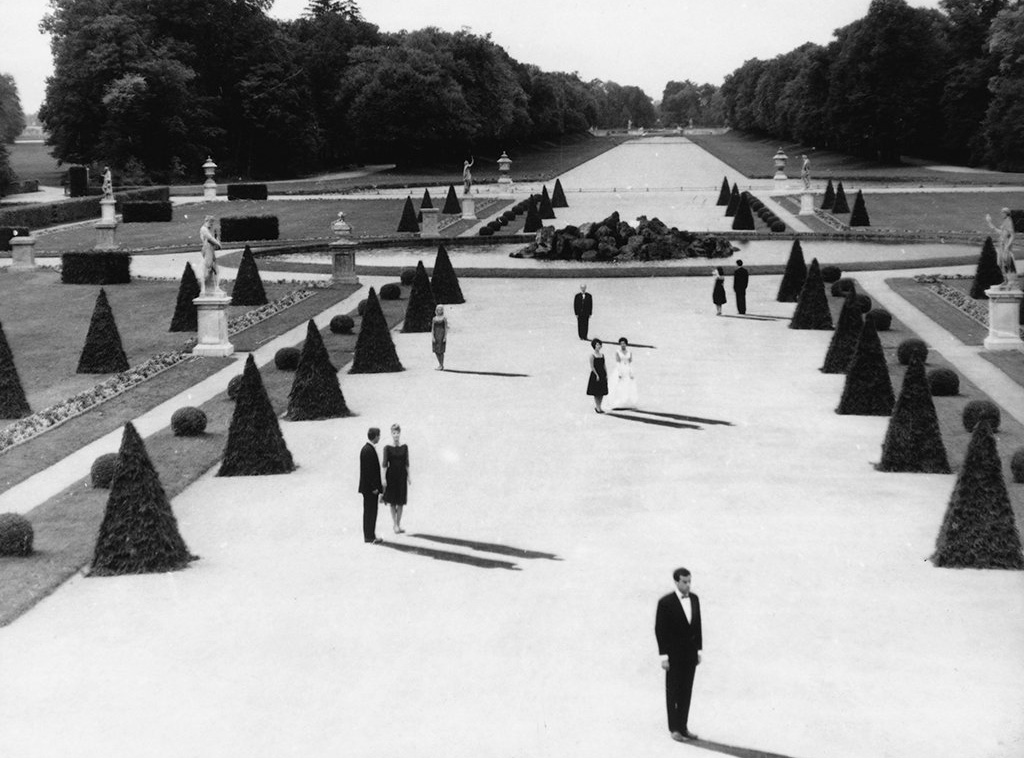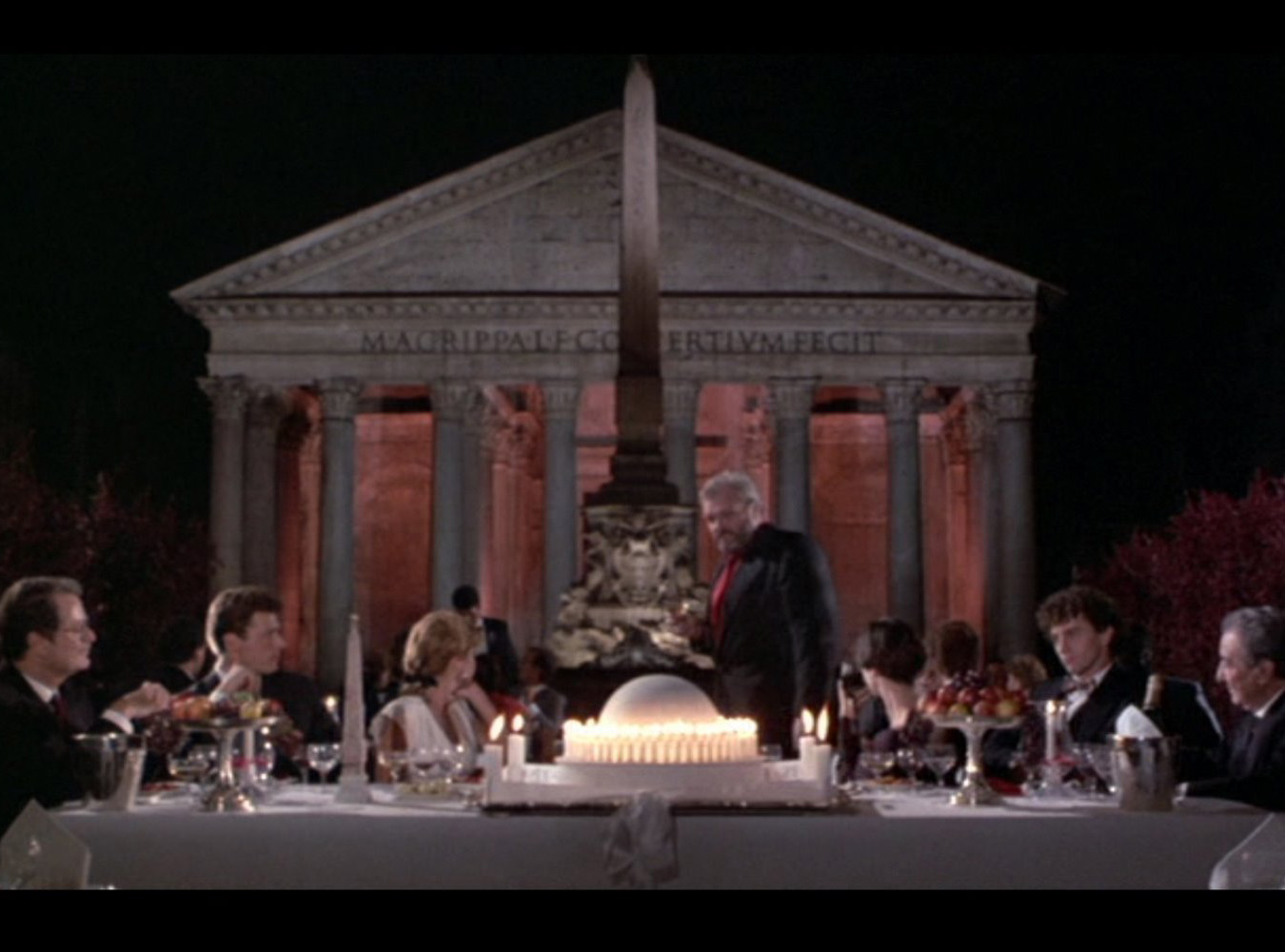Full disclosure: this is my first job in the A/E/C industry. When I was hired at SRG I was still working on a master's in writing and book publishing. That may seem like an unlikely place of origin for someone in this industry but the skill set I was taught for publishing maps remarkably well to my current position. Still, upon joining the business development team, I didn't have a strong sense of what an architect actually did, but I was eager to find out. Over the past few months, each day has been a learning experience

I've progressed from ignorance to the point where I'm beginning to glean just how much I don't know—it's a journey.
Everything I thought I knew about architecture I received from books and film. As a young person, I was inspired by Howard Roark's tenacious pursuit of an ideal and envious of the rapt attention affected by the women and men who played architects on the big screen. Routinely the individuals portrayed in popular culture were less individuals than caricatures of architects. Having dedicated more of my free time than I care to admit to the consumption and study of film, I recognized the archetypal nature of those caricatures. But not until spending a significant portion of my time around actual architects did I realize just how erroneous those fictional characters are. After only a short time of immersion in this culture, I've come to appreciate the eclectic range of people and perspectives that inform the work done by SRG.
With this new and growing understanding of the architecture industry, I'm prompted to reflect upon those depictions of architects or architecture in film that go beyond those easily digestible motifs. Below is a list of my top three:
I cannot think of a better example of a film where the architecture itself is a character, emphasized by the opening scenes where the camera wanders through the long, baroque corridors of the chateau while a bodiless voice describes the ornate features. The combination of la nouvelle vague (French new wave) director Alain Resnais and nouveau roman (new novel) writer Alain Robbe-Grillet-whose screenplay was honored with the Golden Lion at the 1963 Venice Film Festival, particularly impressive considering it was his foray into the genre, produced a singular and thought-provoking piece of cinema that asks you to consider the intersection of memory and space.

Perhaps the only carpet design more renowned than the PDX carpet is the carpet from The Shining. Widely regarded by audiences as one of the scariest films of all time, Stanley Kubrick labored meticulously to realize this film. An often unacknowledged component of this horror is the architecture of the Overlook Hotel. Oregonians will no doubt recognize the aerial shots of the Timberline Lodge on Mount Hood, but what they may not know is that the rest of the exterior shots and all the interior shots were made on designed sets. Kubrick recognized the subconscious terror that results from irrational spaces and building a custom space allowed him to maximize this effect. Though the long tracking shots of the interior give the illusion of an orderly layout, multiple viewings reveal architectural problems and impossibilities. This visual motif is reemphasized by the hedge maze on the hotel grounds, further disorienting the viewer.
This is arguably one of Peter Greenaway's most accessible films, which is something of an homage to the visionary French neoclassical architect Etienne-Louis Boullee. The central figure is rotund American architect Stourley Kracklite who at the start of the film moves to Rome with his wife to construct an exhibition dedicated to Boullee. Anxiety, a peculiar malaise, and the break-up of his marriage stunt Karcklite's work. In his film, Greenaway asks viewers to consider multiple uses of the word architecture beyond the practice of designing and erecting buildings: the architecture of a disease, of the creative process, of the relationships we cultivate, and the architecture of history itself.
I love discussing film and am ever eager to learn more about architecture. Tell me what your favorite films about architecture are in the comments section below!
Zach Eggemeyer

